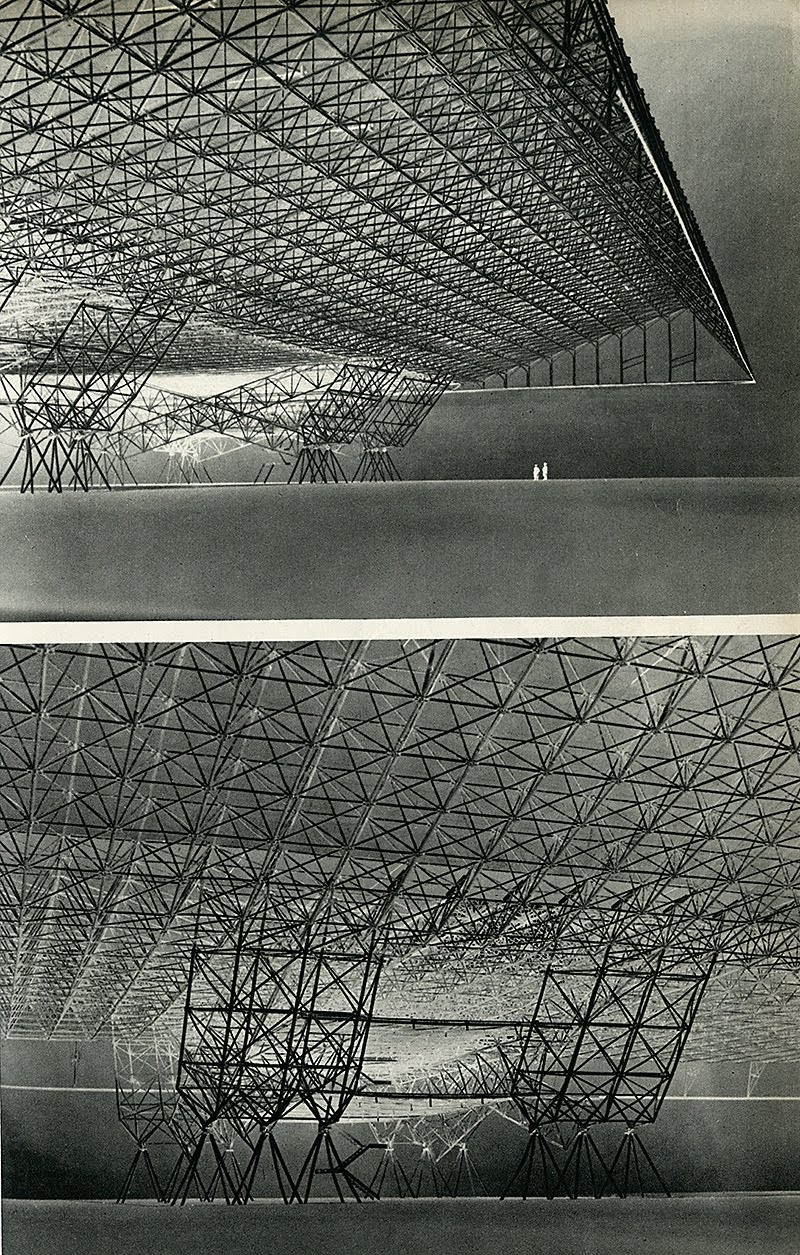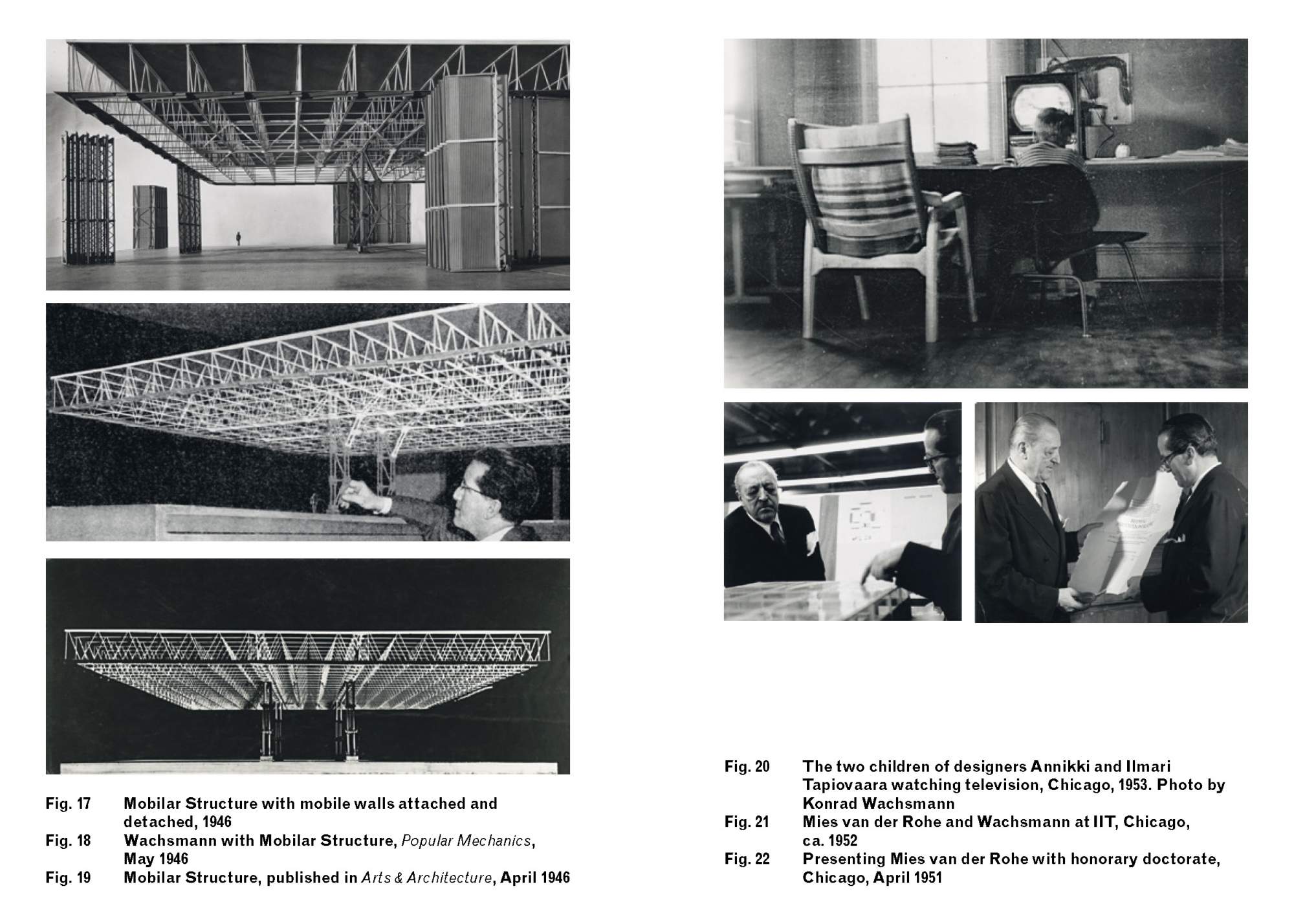

He works together intensively with Walter Gropius and develops the general Panel System, a prefabricated house construction system, with which Wachsmann achieves international renown. Home is also the place where you first had a bloody knee and ran to your mother seeking help." (ibid p.131)īut even if his Frankfurt memories stay alive, Konrad Wachsmann creates a new life for himself in the USA. Home is the first trees and houses you saw. Home, I suppose, is always the place where you were born. Auskünfte eines Architekten, Verlag der Nation Berlin 1986, p. Frankfurt as a transfigured Breughel picture. I remember long rides in the horse-drawn sleigh, the wide, white landscape, the ice on the Oder, and snowball fights. … when I think of home, strangely, I always see a city in winter before me. When Wachsmann visits Germany after the war and sees the extent of the destruction, he is "so shocked that all hate in. He personally was never confronted with anti-Semitism here. In spite of these terrible memories, Konrad Wachsmann remains attached to Germany and Frankfurt in particular. His mother, his brother Heinz and sister Charlotte, with her son, are deported to Riga in 1942 and murdered. Wachsmann's family, who have remained in Frankfurt, cannot save themselves. With Albert Einstein's help, he is able to immigrate to the USA in 1941. He is interned there in 1939 and subsequently joins the French army voluntarily. To escape a so-called preventive arrest in Italy in 1938, he flees to France. In 1935 he visits his home city one last time before the war breaks out. But just a year later he leaves the Academy in protest at the National Socialist regime and forms his own architect's office in Rome.

Through the Prussian Academy Prize, he gets a grant for the Villa Massimo in Rome. In 1932 Wachsmann leaves Germany and goes to Italy. From then on the two men are bound by a close friendship. He immediately decides to offer Einstein one of his plans, and then builds Einstein's summerhouse in Caputh, in the Potsdam-Mitelmark area. Wachsmann hears of the city of Berlin's plans to present a house to the great Albert Einstein on his fiftieth birthday.

Three years later in Juterbog the house for Dr Georg Estrich is constructed - Wachsmann's only solid construction and an emblem of classical modernism. He is interested in industrial prefabrication and the development of family houses in a wood construction system.įrom 1926, when he is only 25, Konrad Wachsmann is the head architect at the then largest wood-construction and engineering works in Europe, Christoph & Unmack AG in Niesky, in Upper Lusatia. Wachsmann's architectonic creations are defined by the search for a universal hub, which connects everything.

He goes to the School of Applied Arts in Berlin and later to the Academy of Arts in Dresden, where he dedicates himself to New Objectivity and expressionist architecture as a student of Hans Poelzig's master class. A memorial plaque honours his life and work as an important engineer and architect.Īfter training as a carpenter and cabinetmaker at the Münnich Company in Frankfurt, Konrad Wachsmann leaves the city in 1920. On, Konrad Wachsmann is born, son of an old established family of pharmacists. This prestigious building was originally the townhouse of the Bishops of Lebus. The oldest chemist's in Frankfurt used to exist on the cinema grounds - the Adler Apotheke. Vis-à-vis, on the corner of Große Scharrnstraße and Marktplatz we see the cinema Cinestar-Frankfurt (Oder). As a symbol of the significance of the herring trade for Frankfurt in the middle ages, the façade boasts a gold-plated herring. The south gable was built during a first heyday of the city in the 14th century. In the historical centre of the city of Frankfurt, on the market place, is the Town Hall (Rathaus), built from 1253 in north-German gothic brick style.


 0 kommentar(er)
0 kommentar(er)
